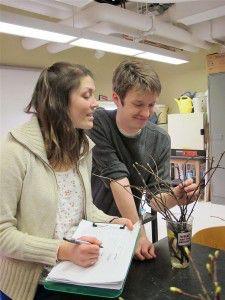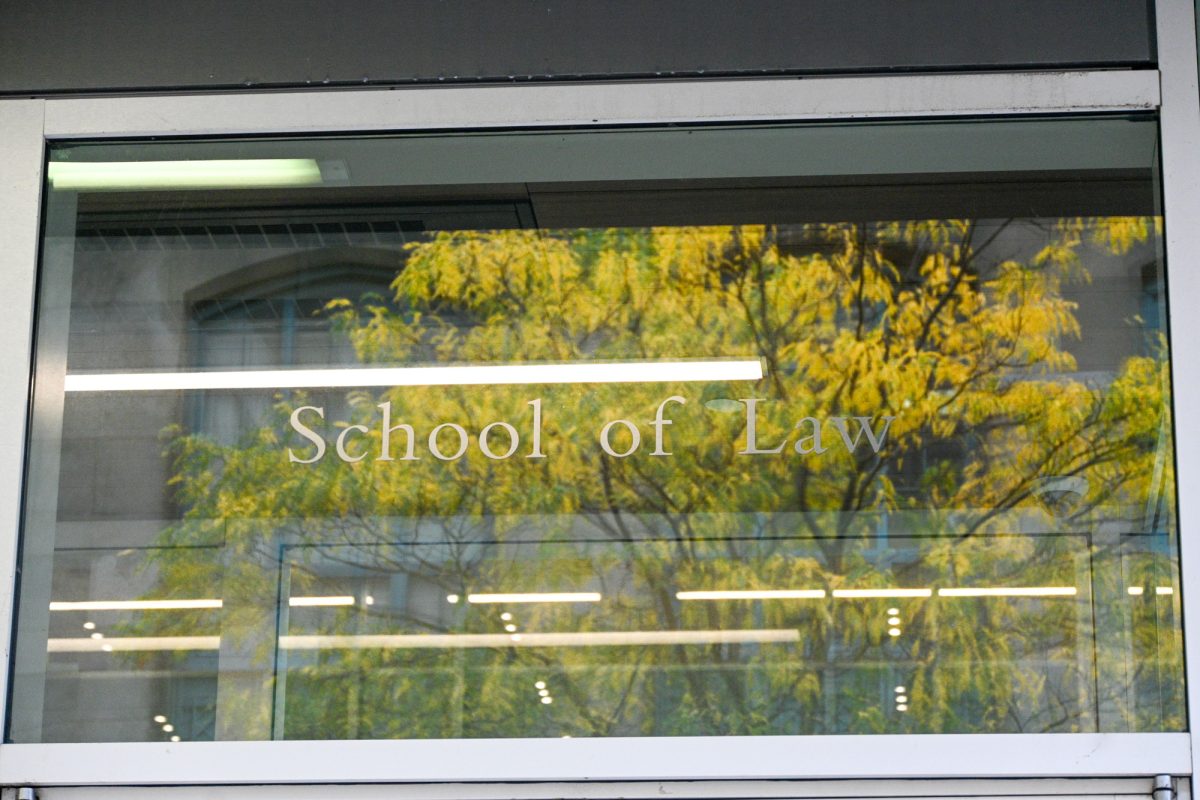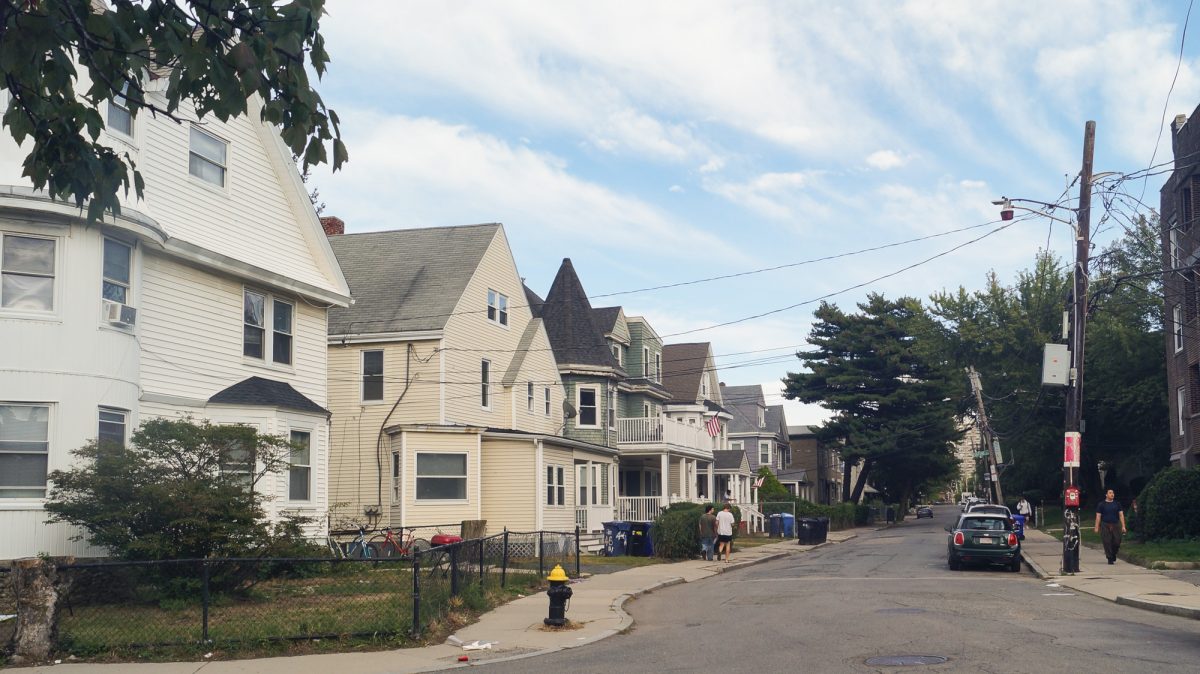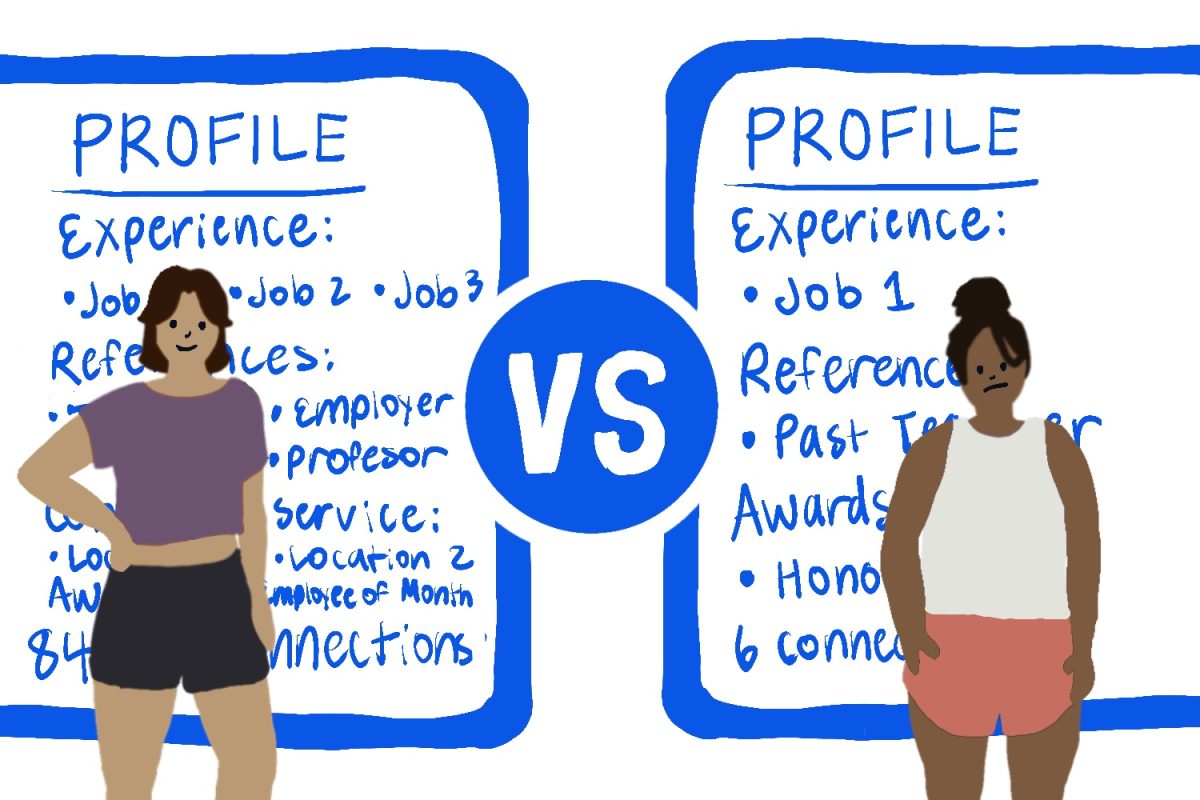
A new study by Boston University biologists indicates that climate change is affecting the leaf-out times of trees and shrubs in Massachusetts, according to a Monday press release.
The study, led by College of Arts and Sciences professor of biology Richard Primack, found that trees and shrubs around Walden Pond in Concord leaf out eighteen days earlier than when Henry David Thoreau observed in 1850 due to warmer temperatures, competition and invasive plant species.
“Trees in Concord are leafing out two to three days earlier for every one degree increase in temperature,” Primack said. “The temperatures in Boston are about five degrees warmer than they were 150 years ago, and because the trees and shrubs are leafing out three days earlier for every one degree increase in temperature, that means two to two-and-a-half weeks earlier leafing out than in Thoreau’s time.”
Leafing-out time indicates the start of the growing season when trees and shrubs begin to photosynthesize, absorb carbon dioxide and grow. Earlier leaf-out times can be attributed to a few degrees change in temperature, Primack said.
The study’s finding may indicate a liability for foliage in the New England area, Primack said.
“Weather in New England is unpredictable, and if plants leaf out early in warm years, they risk having their leaves damaged by a surprise frost,” Primack said in the release. “But if plants wait to leaf out until after all chance of frost is lost, they may lose their competitive advantage.”
Primack has been conducting research on the general effects of climate change on plant and animal species in Massachusetts over the past eleven years.
“Five years ago, we realized that we’ve been neglecting leafing out times and that we really have not devoted much energy towards finding out when leaves and trees leaf out in the spring,” he said.
Caroline Polgar, a former Graduate School of Arts and Sciences student and Ph.D. candidate who worked on the study, spent a year examining Thoreau’s field notes of leaf-out times for trees and shrubs around Walden Pond, making her own observations and later comparing the data.
“[Primack and I] decided to expand on his pervious work on flowering plants to when plants leaf out in the spring,” she said. “We had a list of species that Thoreau had observed and we took that list out into the Concord area … to record the first day that we saw species leafing out.”
The second part of the study involved collecting twigs from the different tree species, bringing them back to the lab and observing how long it took for them to leaf out in a warmer climate, Polgar said.
“Different plants respond differently to warming temperatures, but all of them are leafing out earlier than when Thoreau made the observations,” she said.
Amanda Gallinat, a second year GRS graduate student who worked on the study, said that the lab was able to make this distinction by conducting a larger experiment.
“The previous winter, Dr. Polgar and Primack did a pilot study — the experiment with the twigs in the lab,” she said, “The results suggested that there might be a different response between invasive and native species, so we collected 50 species from Concord — native shrubs, invasive shrubs, and trees — at three different times in the winter and observed their different responses.”
Native plants, such as the maple tree, require a long winter period before leafing out compared to invasive species, like the Japanese barberry, that leaf earlier and respond better to a warming climate.
Although the particular study is finished, Gallinat said that the lab looks to continue to use its findings to further its research on the affect of climate change on plants around the area.
“We’re looking to the next big questions,” she said. “We are looking to use similar protocols to answer questions about climate change and how it affects leafing out.”
























































































































